After successfully navigating our way through our first year of homeschooling, we made the decision to join a local Classical Conversations group. We were drawn to CC (Classical Conversations) because of their focus on memorization, student presentations, and community building.
The CC curriculum is very straightforward - which makes it easy for me to know what material my kids need to focus on each week.
With that being said, there are several areas where parents will supplement the curriculum or add things to reinforce what they are already working on. Some of these come directly from CC, while others come from a variety of other sources.
Here are some of the things my family has chosen to use this year to supplement Cycle 1.
We will be using the CC timeline cards to reiterate the seven facts they are memorizing each week. These will be especially helpful for my 6 year old who isn’t reading yet because they have wonderful images on the front to help her visualize what we are learning about.
We also purchased the Cycle One CD to listen to all the memory work when we are in the car. They are already blowing me away with how much they remember when put to song.
We will take advantage of CC Connected as well. It is an incredibly affordable subscription service ($6 a month) that gives you access to The Sandbox (a CC newsletter type document with helpful articles and printables for each week), as well as other file sharing from CC parents who have created files that can be useful at home each week.
We have also printed off a cycle one flipbook of memory work that will be helpful when we are on the go. It fits perfectly in a photo album. We have also printed off other helpful review pages for timeline, bible, math, science and more.
(Check out Mary’s post from Cycle 1 - many of the things we are doing are the same things she chose 6 years ago. Good things are constant!)
With all that CC offers we are off to a great start. Here are some of the other options we’ve found that we plan to use in our homeschool this year:
Supplements for Classical Conversations Cycle 1
Saxon Math
(Technically not a supplement - because CC does recommend using a math program - but leaves that decision up to each family.)
We are adding in Saxon Math for our son who is eleven. This is our first time using Saxon and so far the method of mental math, new material introduction, new material practice, and then mixed practice seems to be working very well for our son. We’ve spent about an hour each day on math working through much of the material together as he gets pretty frustrated when he doesn't get things correct immediately.
We are still working on practice over perfection!
The Moffatt Girls
For our six year old we are using The Moffatt Girls first-grade no-prep bundle. This will cover both her reading and math curriculum.
She was exposed to this curriculum in the half-day Kindergarten program she attended last year so she is familiar with the worksheets, knows how to complete them, and really works well when given worksheets to complete. I know worksheets aren’t everyone’s first choice, but for her, it works and I love how they are set up.
I also purchased their first-grade morning bins set. I have set up about 6 or 7 bins with activities in them that she can work on independently while I’m working with her brother. They include fun things like using letter magnets, Unifix cubes, manipulatives, etc…, to keep her engaged. These also cover both reading/language arts and math concepts and can be changed out monthly.
Getting Started with Latin
An experienced CC mom suggested this one to me and I jumped right on it!
Out of all the things that CC incorporates in their curriculum, Latin seemed the most daunting to me, probably because this was not something I ever learned, and was unsure how I would then be able to teach it to my children. I also worried about my son who is starting CC in the sixth grade and will therefore only have one year of Foundations before starting Challenge A. I didn’t want Latin to be something he dreaded and decided that learning a little each day before he gets to Challenge A would be beneficial.
We began using Getting Started with Latin about a week ago. We are still in the very beginning, but our whole family is already into it! One of the best parts of homeschooling has been learning new things together as an entire family and Latin is proving no different. I think this book will be a great help for all of us.
Sonlight Read-Alouds and Readers
My passion is reading and I wanted this to be part of our weekly curriculum.
Hands down, this is my favorite part of our day and having used Sonlight for much of last year, I knew I wanted to continue to incorporate their read-alouds and readers into our homeschool this year as well.
The way CC is organized by Cycles it took a little work for me to browse Sonlight’s World History titles and to see where they fit in line with the CC curriculum, but let’s face it...for a book junkie this was the fun part! I then scoured used bookstores both in-person and online to build up our library for the year. We now have a great collection of family read-alouds and readers (books my son will read on his own) to enjoy this year and I can’t wait!
We Draw to Learn - Cycle 1
Both of my children LOVE to draw. They are constantly doodling while I read aloud to them so what better way to aid their learning than by drawing with a purpose?
We Draw to Learn uses drawing to help bring to life so many of the science concepts we will be studying this year and I can’t wait to see how it not only aids their learning but helps them to become better artists in the process. If my guess is right they will think this is just plain FUN and won’t even realize they are learning at all!
Special Offer: Use the code HOMEGROWNLEARNERS to receive 15% off this resource (and anything else you might like in the shop). This discount is good until Dec. 31, 2021.
SQUILT
I can’t forget to mention our use of SQUILT to round out fine arts curriculum. Super Quiet UnInterrupted Listening Time helps my children develop their habit of attention, while at the same time teaching them important music appreciation concepts.
Mary does such a wonderful job teaching about various instruments, periods of music, and composers all while making it fun and engaging for a wide variety of ages. My kiddos look forward to SQUILT live weeks and I’m always blown away by all they learn and retain from these lessons.
You can use the do-it-yourself PDF volumes (here is the correlation with each CC Cycle), or participate in live lessons.
I hope this provides you with some ideas on how you can merge curriculums to make them your own. I look forward to seeing what works, what doesn’t and passing along that knowledge as we begin this first year of Classical Conversations!
This is post is from Homegrown Learners contributor, Allison. She is a wife and mother with a passion for reading. With a background in Early Childhood Education as well as experience working in Corporate America, the events of the past year exposed her to the rewards of teaching her own children at home.
She hopes to encourage anyone who has ever been anxious about taking this leap with her own personal successes and failures of her family's first year of homeschooling.
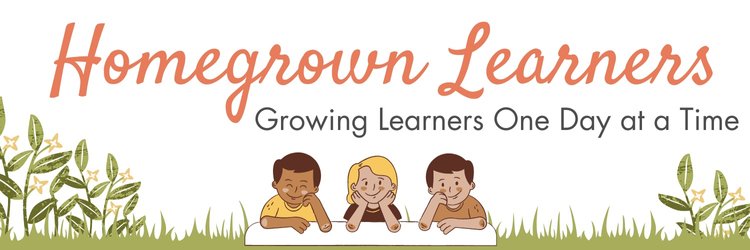



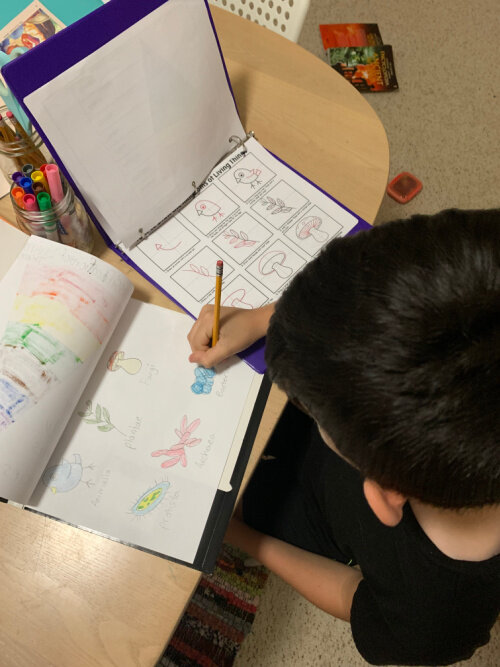
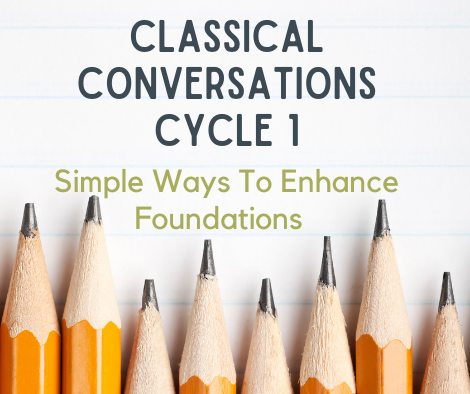

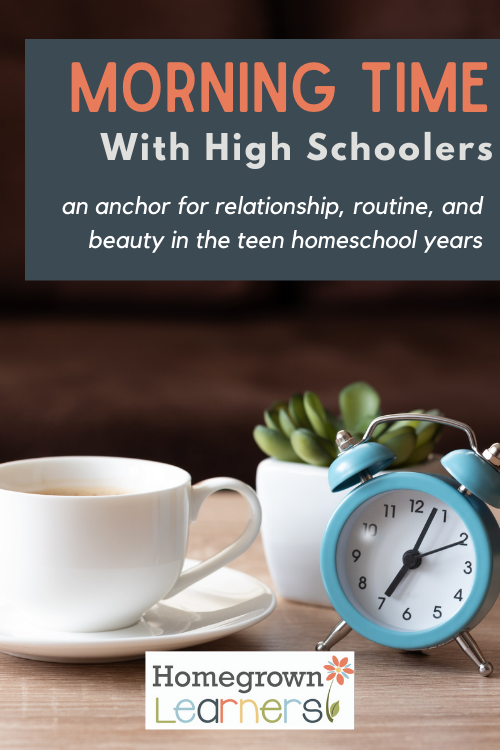

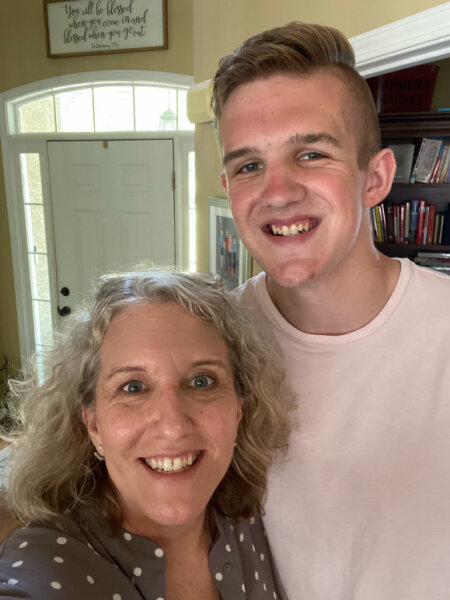

![[By John Knowles ] A Separate Peace (Paperback)【2018】by John Knowles (Author) (Paperback)](https://m.media-amazon.com/images/I/51e1VTB4u3L._SL500_.jpg)










![[(Homeless Bird )] [Author: Gloria Whelan] [Sep-2001]](https://m.media-amazon.com/images/I/41iFhuibWrL._SL500_.jpg)


![To Kill a Mockingbird (Paperback)--by Harper Lee [2006 Edition]](https://m.media-amazon.com/images/I/41xIMBc3yaL._SL500_.jpg)




